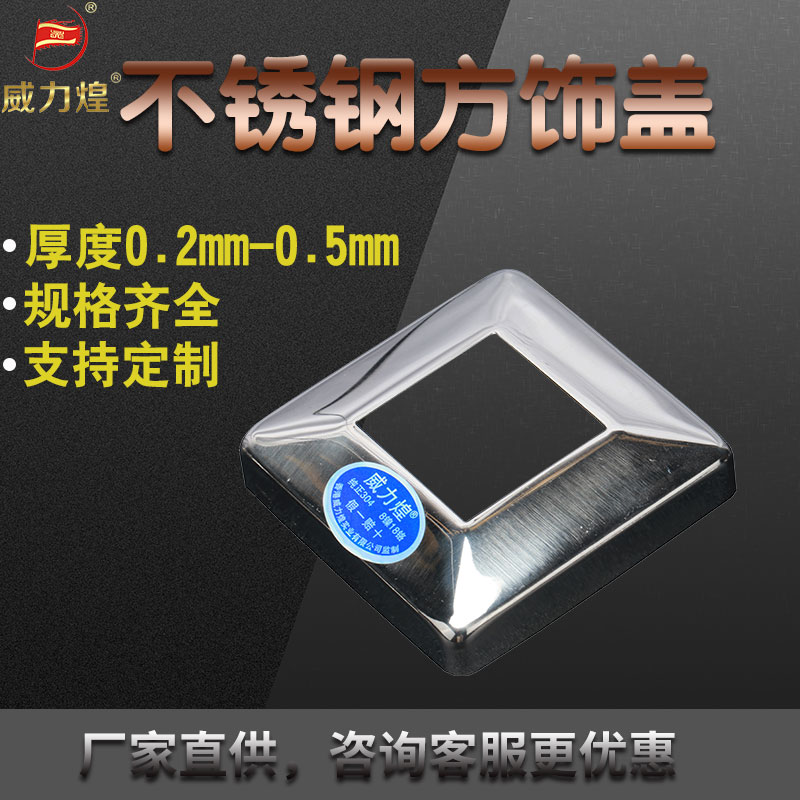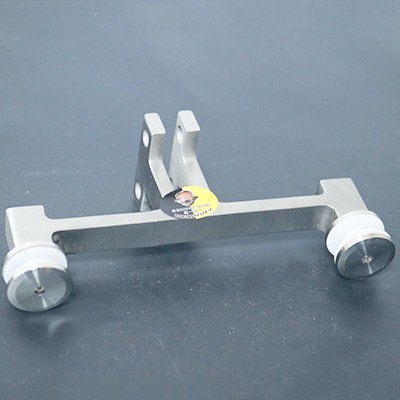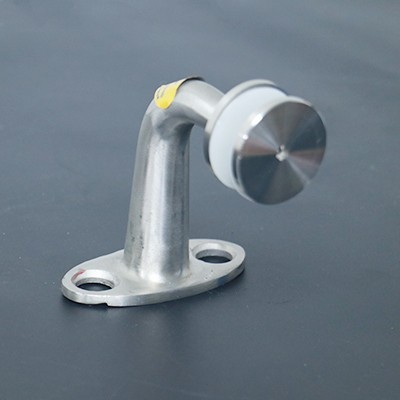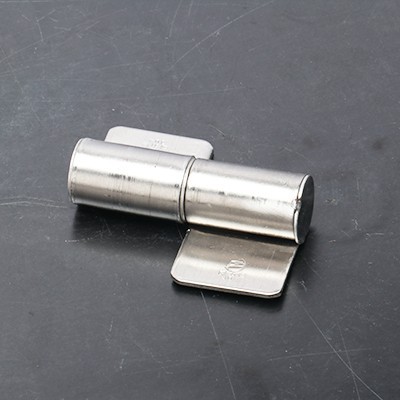

Product brand: Weili Huang Product Model:WLH-304-BXGBLGDJ Product material:304 Product size: Customizable according to customer requirements Product process: Surface treatment, cleaning and polishing standards Can it be customized: Customization is supported

Product brand: Weili Huang Product Model:WLH-304-BXGblzj Product material:304 Product size: Customizable according to customer requirements Product process: Surface treatment, cleaning and polishing standards Can it be customized: Customization is supported

Product brand: Weili Huang Product Model:WLH-304-BXGDPMJ Product material:304 Product size: Customizable according to customer requirements Product process: Surface treatment, cleaning and polishing standards Can it be customized: Customization is supported

About Elbows & Fittings Decorative Caps Products Contact SS Balls Cases Sitemap
 +86 189-2994-8884
+86 189-2994-8884  +86 40000 18348
+86 40000 18348 workweixine4959b@www.wlh348.com
workweixine4959b@www.wlh348.com Building K, Jinguagang Ceramic Market, Shiwan Street, Chancheng District, Foshan, China
Building K, Jinguagang Ceramic Market, Shiwan Street, Chancheng District, Foshan, China
 Wechat QR code
Wechat QR code Mobile phone QR code
Mobile phone QR code Wechat official account
Wechat official account